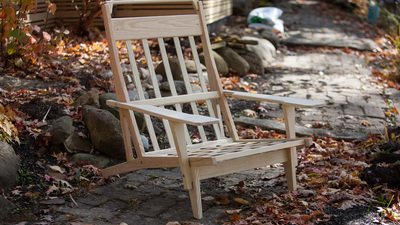Share your craft projects
Make new craft buddies
Ask craft questions
Blog your craft journey
Craftisian Blogs
view blog series
So, had a play with some of the Penn State kits.
They come with nice hardware and a decent set of instructions.
So, first think to do is throw aw...
I got some juniper a while back from Sycamoray. Been slowly working through it, milling it into flat boards, mostly between 1/2 and 1/4 inch thick ...
Boys and Girls,
If this topic gets your juices flowing, after watching this video,
the title may be on your lips as the included link at Taylor...
I got a couple chunks of 4”+ thick pine, roughly 20” wide and 5’ and 4’ long from my trip to MN.
[IMG_7202.jpeg]
Milling that into pieces my tool...
Boys and Girls,
I was recently asked by a friend of how I cut the thread in my sanding disc(s) that I use on my lathe
[IMG_9333.png]
[IMG_9334.pn...
[image.png]
In 2019 I made a forklift and today Acutabove started a YouTube serie about making this forklift.
https://www.youtube.com/watch?v=Gv...
Boys and Girls,
Sometimes the most obvious is not so, especially when you are a relatively newcomer to the world of woodworking.
Thicknessers (...
The Sea-N-Sea clamps worked great, but they had some downsides:
• Multi-part assembly - not complicated, but they take time to knock out.
• With th...
Boys and Girls,
I get a load of flack from all but the tree huggers (they’re the greenies who think Ryobi and Fe$tool are organic due to their co...
Well, finished without finish, but structurally complete. Here's the completed chair next to the deck skirting from whence it came.
[20221016-1G6X...
Boys and girls,
The Boys started to prattle on about keyless locks on pottz patio and garden I thought that rather than add my bit of BS there, I...
OK, so I needed to make a box for the rounding plane, as I seem to have run out of flat surfaces to dump stuff on.
Nothing fancy, just a basic box....










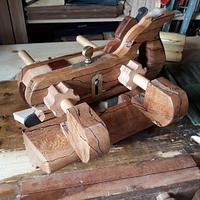
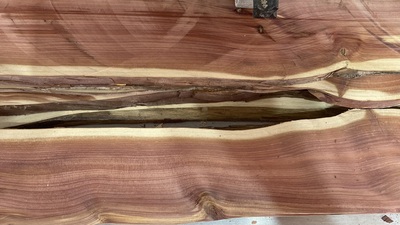

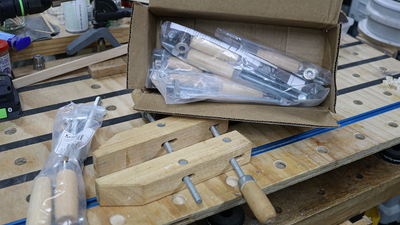

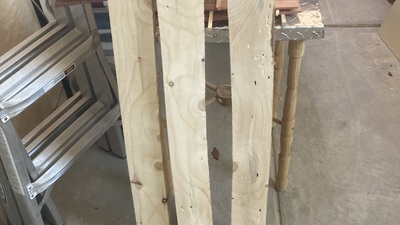
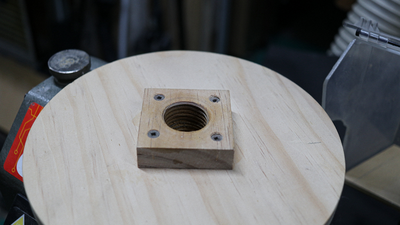

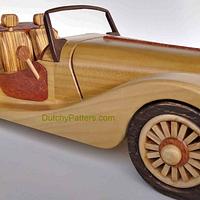

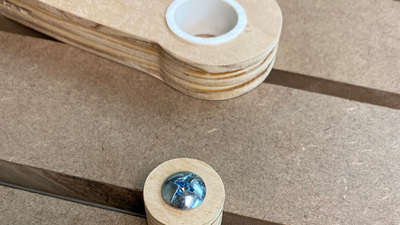

.png)
